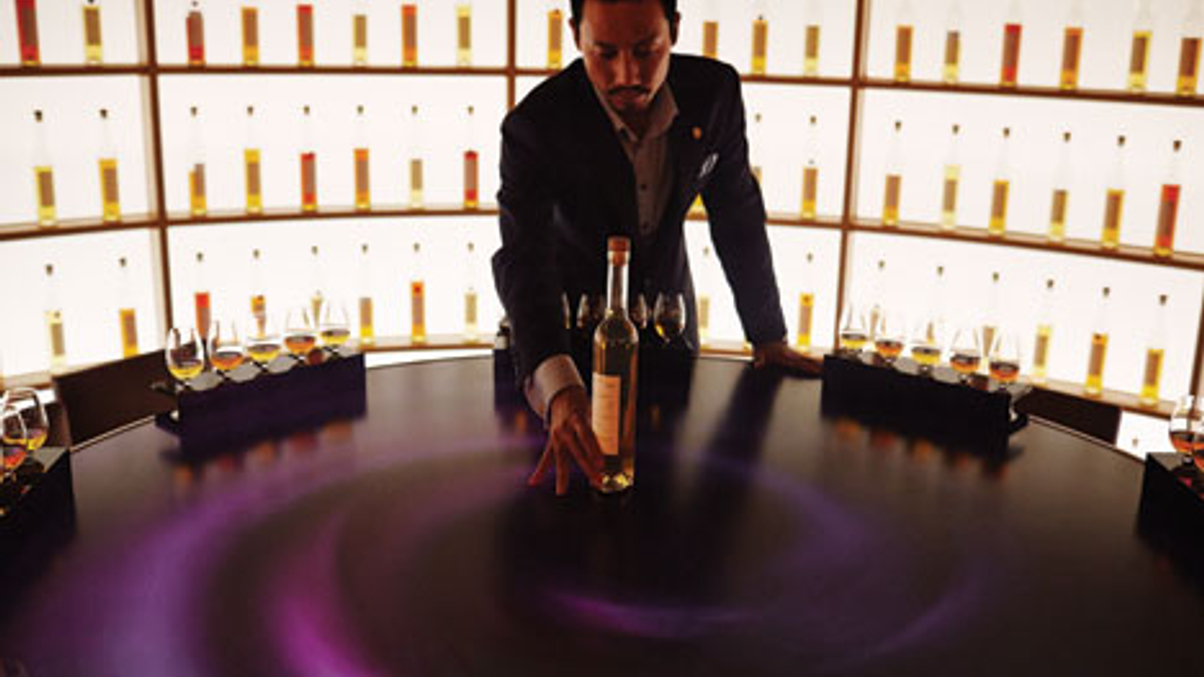New PE fund targets whisky’s liquid assets
The price of rare whisky has grown for even a wee dram, providing an investment opportunity, say a pair of veterans from the wine and spirits industry.

Q: What is both liquid and illiquid, domiciled in both the Cayman Islands and Scotland, and has a lifespan of seven years, but holds assets with a shelf life of decades?
Sign in to read on!
Registered users get 2 free articles in 30 days.
Subscribers have full unlimited access to AsianInvestor
Not signed up? New users get 2 free articles per month, plus a 7-day unlimited free trial.
¬ Haymarket Media Limited. All rights reserved.


